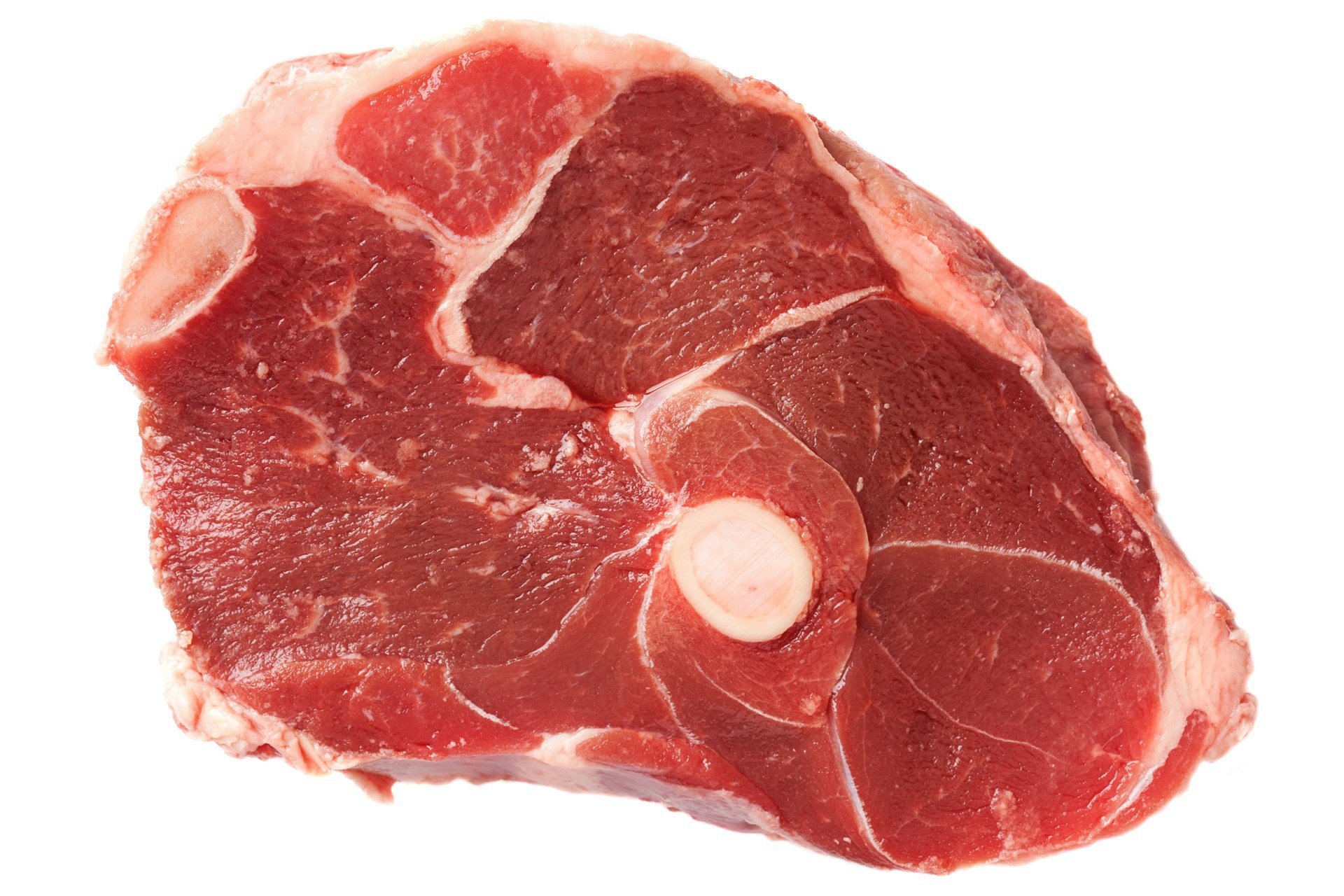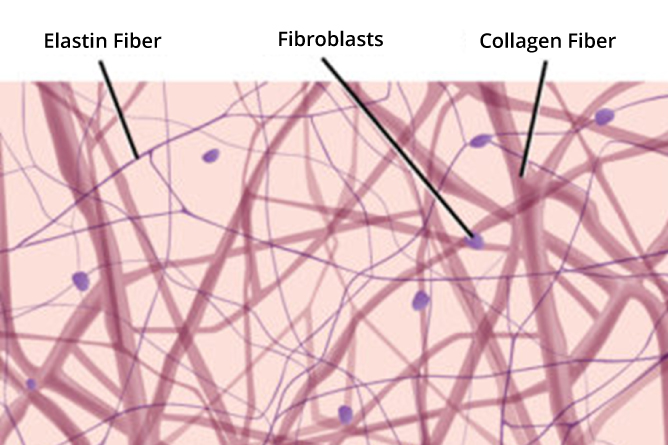
Culprit in Heart Disease Goes Beyond Meat’s Fat
Dr. Stanley Hazen of the Cleveland Clinic and his colleagues have accumulated evidence for a surprising new explanation of why red meat may contribute to heart disease.
The researchers had come to believe that what damaged hearts was not just the thick edge of fat on steaks or the delectable marbling of their tender interiors. In fact, these scientists suspected that saturated fat and cholesterol made only a minor contribution to the increased amount of heart disease seen in red-meat eaters.
The real culprit, they proposed, was a little-studied chemical that is burped out by bacteria in the intestines after people eat red meat. It is quickly converted by the liver into yet another little-studied chemical called TMAO that gets into the blood and increases the risk of heart disease.
That, at least, was the theory. So the question that morning was: Would a burst of TMAO show up in people’s blood after they ate steak? And would the same thing happen to a vegan who had not eaten meat for at least a year and who consumed the same meal?
The answers were: yes, there was a TMAO burst in the meat-eaters; and no, the vegan did not have it.
Dr. Hazen discovered through a series of additional experiments that a red meat substance no one had suspected — carnitine — seemed to be a culprit behind TMAO conversion. Carnitine is found in red meat it is also found in other foods, he noted, including fish and chicken and even dairy products, but in smaller amounts.
The researchers found that carnitine was not dangerous by itself. Instead, the problem arose when it was metabolized by bacteria in the intestines and ended up as TMAO in the blood.
But the outcome was quite different when a vegan ate a steak. Researchers had hypothesized that vegans would not have as many of the gut bacteria needed to make TMAO, and indeed virtually no TMAO appeared in the vegan’s blood after he consumed a steak.
The researchers’ theory is that TMAO enables cholesterol to get into artery walls and also prevents the body from excreting excess cholesterol.
Researchers say the work could lead to new treatments for heart disease — perhaps even an antibiotic to specifically wipe out the bacterial culprit — and also to a new way to assess heart disease risk by looking for TMAO in the blood.
Dr. Hazen said he also worries about carnitine-containing energy drinks. Carnitine often is added to the drinks on the assumption that is will speed fat metabolism and increase a person’s energy level, Dr. Hazen said.
Heal n Cure physicians, physician assistants, and dietitians are always on the lookout for new research relating to preventive care especially in regard to nutrition. Dr. Hazen’s research is promising in that it gives a possible explanation as to why heavy red meat eaters are highly susceptible to heart disease. This study sheds light on a new area of research that should be further studied in order to definitively determine the role of TMAO in heart disease.
In the meantime, limit red meat consumption to a 4 oz portion of grass-fed, lean cut beef a couple of times per month in conjunction with a balanced diet full of vegetables, fruits, grains, legumes, and nuts. Eating in a balanced manner will guarantee you are getting enough necessary nutrients while limiting the unnecessary nutrients. For questions regarding this newsletter and other inquiries please feel free to contact us
ref: nytimes.com


